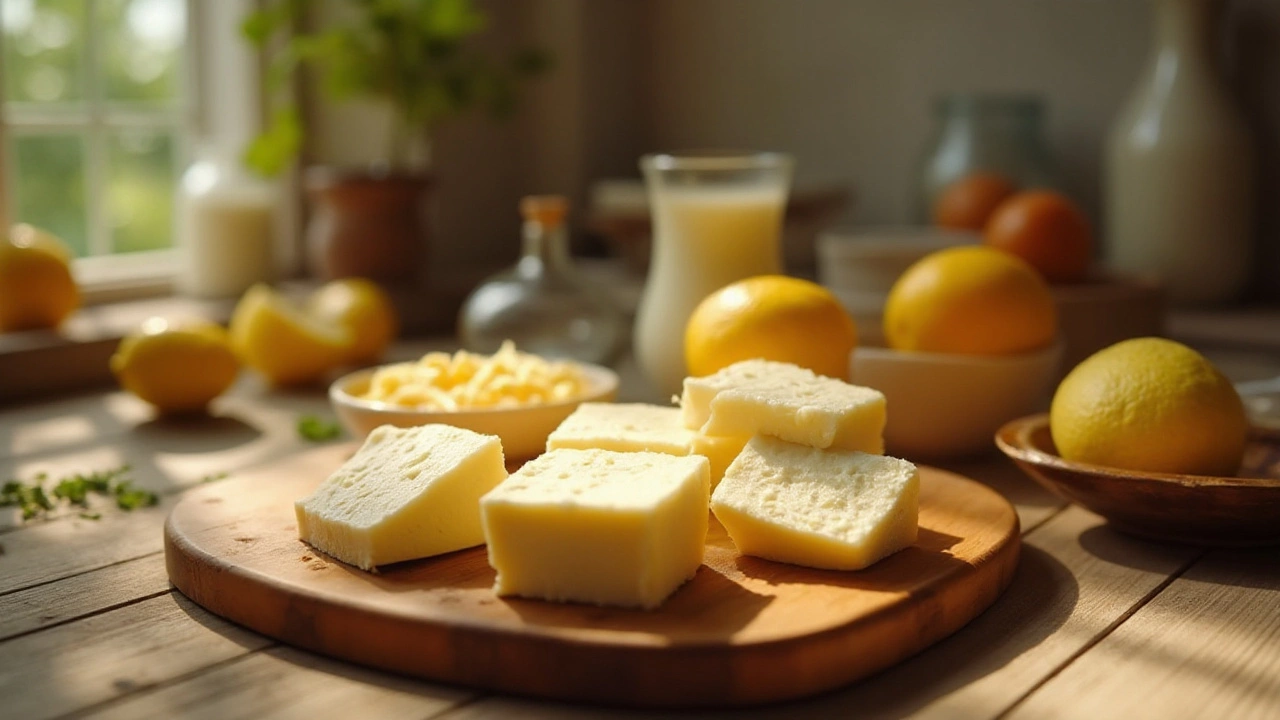Detect Spoiled Paneer: Quick Ways to Know If It's Bad
Paneer is a kitchen staple, but it can turn sour faster than you think. Catching a spoilage problem early saves money and keeps your meals safe. Here’s how to spot bad paneer in just a few seconds.
Key Signs Your Paneer Has Gone Bad
Smell – Fresh paneer has a mild, milky aroma. If you notice a sour, rancid, or ammonia‑like odor, the proteins are breaking down and it’s time to toss it.
Texture – Normal paneer feels firm yet slightly crumbly. Slimy, overly soft, or watery pieces mean moisture has built up, a sign of bacterial growth.
Color – Look for off‑white or yellowish patches. Green or gray spots indicate mold, even if they’re tiny. Any discoloration means it’s unsafe.
Taste – If you’re unsure after the above checks, take a tiny bite. A sour or bitter note is a clear warning. Don’t chew a large piece – just a speck.
Expiration date – Store‑bought paneer comes with a ‘use by’ date. While it can stay good a day or two past that if kept cold, trust your senses if the date is far gone.
How to Store Paneer for Maximum Freshness
Keep paneer in its original airtight container or a zip‑lock bag. Submerge it in cold water, change the water daily, and store the bag in the refrigerator’s crisper drawer. This method keeps the cheese from drying out and slows bacterial growth.
If you need to keep paneer longer than a week, freeze it. Cut into cubes, spread on a tray, freeze solid, then transfer to a freezer bag. Thaw in the fridge before using – fresh texture may change, but it stays safe.
Never leave paneer out at room temperature for more than two hours. Even a short warm spell can jump‑start spoilage.
When you buy fresh paneer from a market, pick the block that feels firm and not too wet. Walk around the store and check the display for any sour smells before you even open the package.
Finally, if you’re ever in doubt, throw it out. Food poisoning isn’t worth a cheap paneer mistake.
With these quick checks, you’ll know exactly when paneer is still good to cook and when it’s time to bin it. Keep your kitchen safe and your dishes delicious – detecting spoiled paneer is easy once you know what to look for.
Top Tips to Identify Spoiled Paneer at Home
Homemade paneer, with its soft and creamy texture, is a popular ingredient in many dishes. However, it's important to know when it has gone bad to ensure safety and quality in your meals. This article provides helpful insights and practical tips to identify spoiled paneer, discussing changes in texture, smell, and appearance. Discover how storage methods can impact paneer's shelf life and learn preventive measures to keep it fresh longer.
